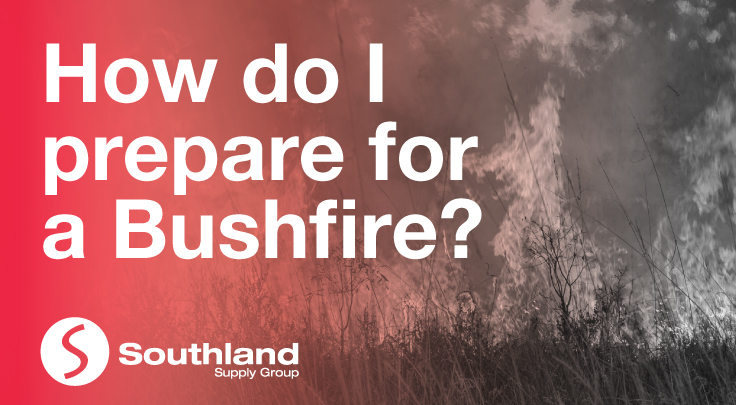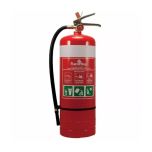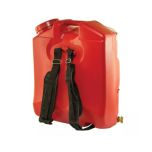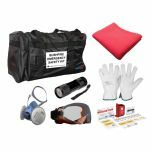
What are Bushfires?
A bushfire is an unplanned vegetation fire. It is a generic all-encompassing term that may involve grass fires, forest fires and scrub fires. Bushfires have always been a natural, and complex part of the Australian environment, but they can have a significant and devastating impact on lives, property, and the environment, particularly if those affected are not prepared.
While bushfires can happen all year round, it is during the hottest and driest times of the year September to March, that bushfire risk is at its highest. On hot, dry, and windy days, there’s a much higher chance of a bushfire starting and getting out of control.
What Causes Bushfires?
Bushfires can be started by natural causes like lightning strikes, or by people (accidentally or on purpose). Weather conditions and fuel conditions play a part in bushfires happening. In addition to this, materials such as small branches and twigs, bark, leaf litter, grasses and shrubs can provide fuel for bushfires. Dry fuel is more likely to catch fire and burn easily; damp or wet fuel may not burn. The type of fuel that is available to burn, how much of it there is, and how dry or moist it is will influence bushfire conditions.
Hot, dry, and windy weather can contribute to fire danger. Specifically, weather-related factors that contribute to an increased risk of bushfire danger include:
- High temperatures
- Low humidity
- Little recent rain
- Abundant dry vegetation
- Strong winds
- Thunderstorms
What are the impacts of Bushfires?
The impact of bushfires can be devastating, resulting in damage to natural habitats, and harming or destroying people’s homes, lives, and livelihoods. The fire itself is only one element of danger. Other impacts from bushfires include the effects of radiant heat and smoke.
- Fire embers can spread many kilometres from the location of a large bushfire, causing smaller spot fires to break out.
- Radiant heat can be felt more than 100m away from a large bushfire and has the potential to melt or disintegrate objects including parts of cars, glass windows, etc.
Toxic fumes and heavy smoke produced from bushfires can harm vision, impact air quality, and create difficulties in breathing. Due to the unpredictable nature of fast-moving fires, people are likely to be encouraged to evacuate early from their homes as quickly as possible to ensure they can reach safety. It is vitally important to monitor and follow all local alerts and warnings.
How to Prepare your Workplace for Bushfire?
While preparation for imminent fire danger is often focused on getting your household ready, it is just as important to prepare your business or workplace for disruption. The following are some important things to consider when preparing for bushfires:
- Have a plan – Spend some time to assess the bushfire risk to your building’s premises then make sure to review your emergency procedures and make a written bushfire plan and evacuation checklist.
- Share your plan with others - When creating a bushfire preparedness plan for your business, ensure that you include both your employees and neighbours from other businesses in its development. If a bushfire is going to impact you, it’s likely going to impact them too.
- Fire-proof your property – Be prepared. Take some time prior to bushfire season to prepare your business premises so it is less flammable and easier to defend. Consider keeping ladders and other fire equipment such as fire extinguishers, fire blankets, and fire hose reels in easy-to-reach locations.
- Pre-pack an emergency kit – A bushfire emergency kit must contain what you and your employees would need for survival if a bushfire was imminent and immediate evacuation is needed. There is a great benefit in making an emergency kit in advance so you can leave quickly without missing any essentials in your rush. Your emergency kit may include essentials like a first aid kit(s), a copy of your bushfire plan, torches, fire blankets, toiletries & medications, and protective gloves, safety goggles, and masks.
- Follow alerts - While many people choose to remain and fight fires, the best option to ensure the safety of you and your employees is to leave when advised to.
It pays to be properly prepared for bushfires and other emergencies. Without putting time and effort into your bushfire and emergency preparedness, you are relying purely on luck to survive.
If you need safety kits to help you prepare for bushfires, check our extensive range at https://www.southland.com.au/



